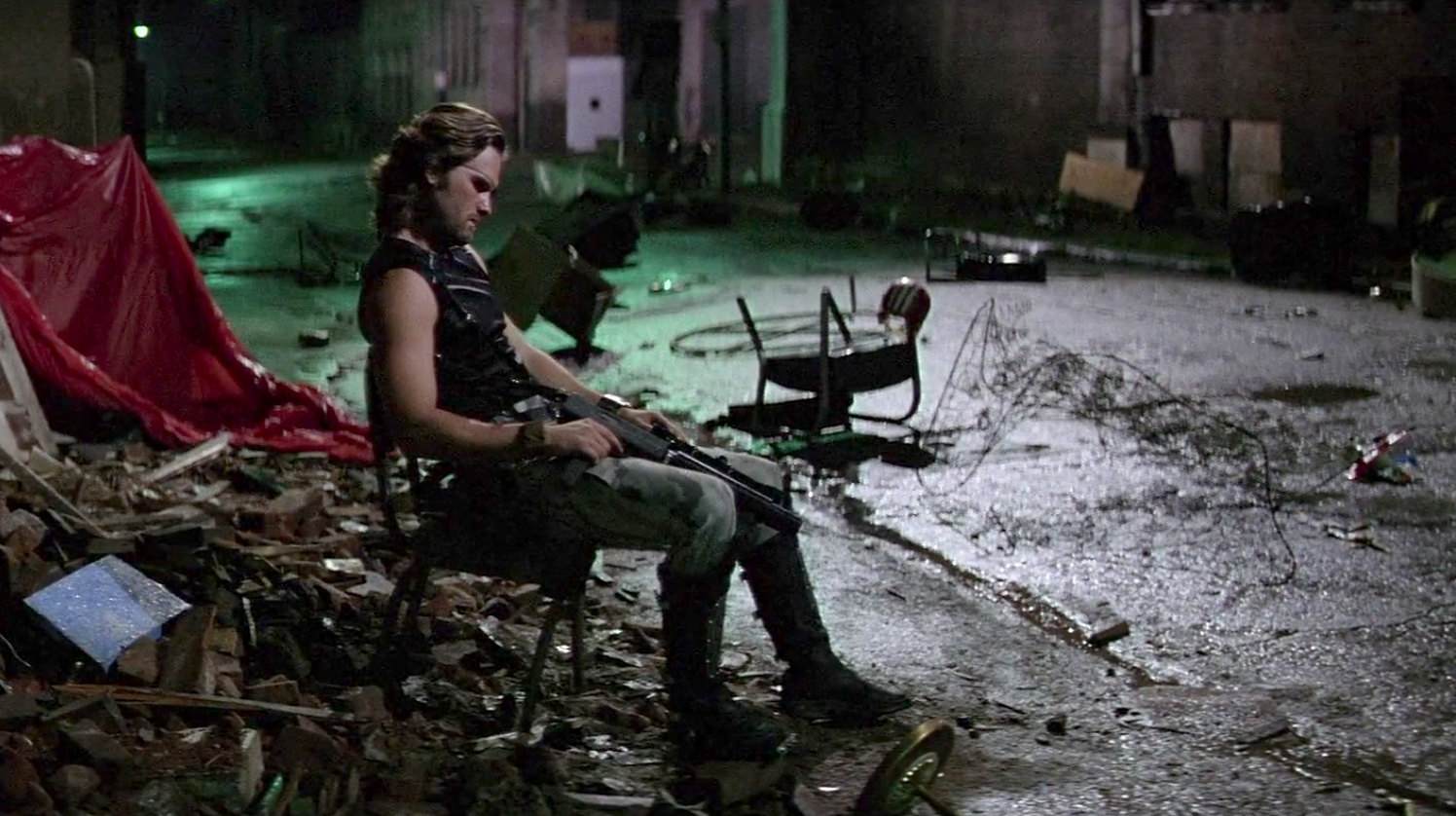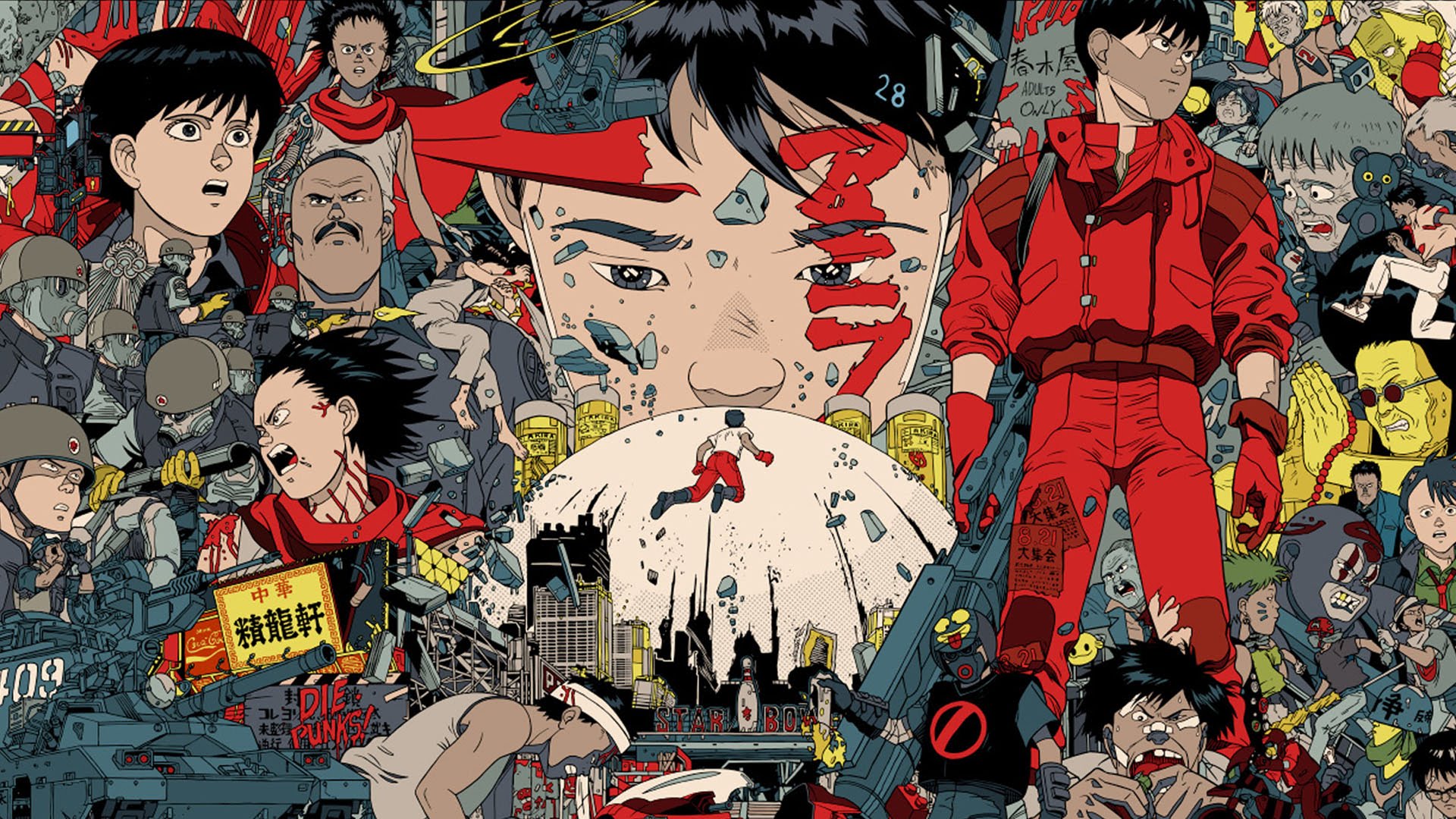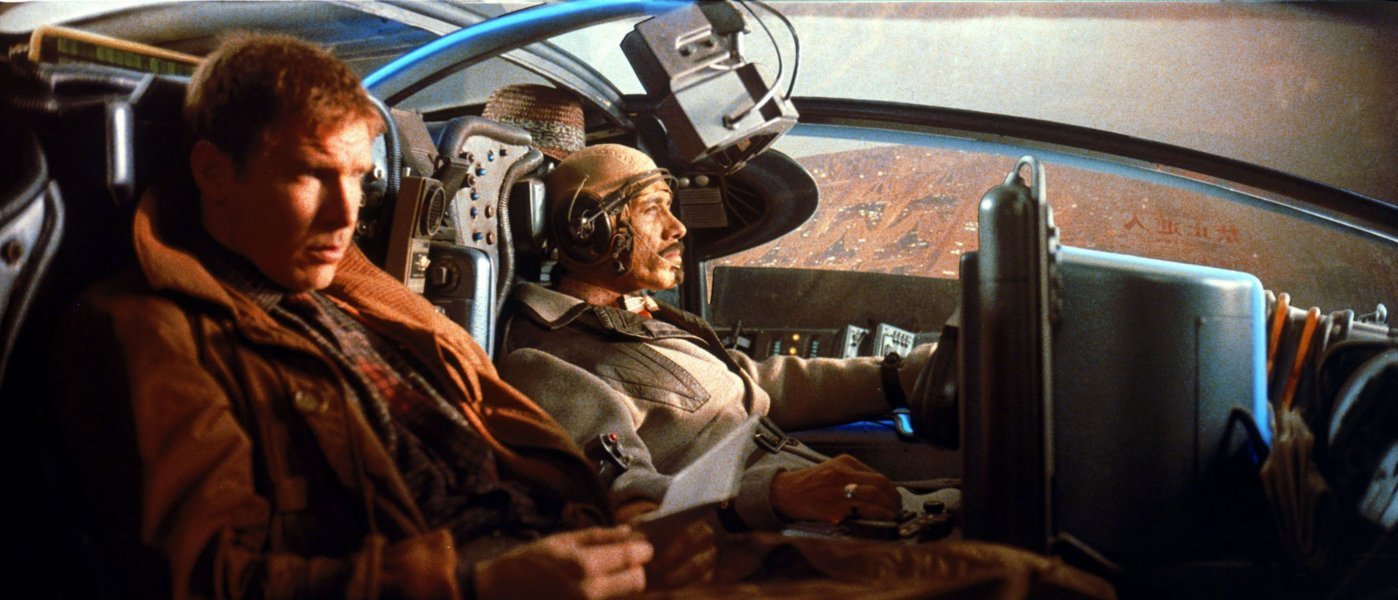Escape from New York (1981) | John Carpenter
Podcast: Play in new window | Download
Subscribe: Spotify | Amazon Music | Pandora | iHeartRadio | Podchaser | Podcast Index | Email | TuneIn | Deezer | Anghami | Youtube Music | RSS | More
Escape from New York is set in a future 1997, during a time when, after the crime rate has skyrocketed out of control, the island of Manhattan has been turned into an ultra-maximum security prison where the worst of the worst violent criminals are put to live in a state of walled-in anarchy. A potential […]


